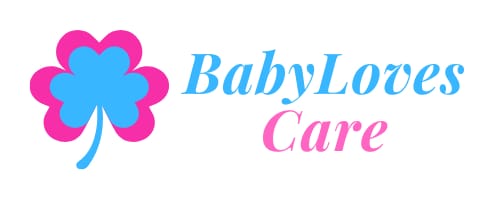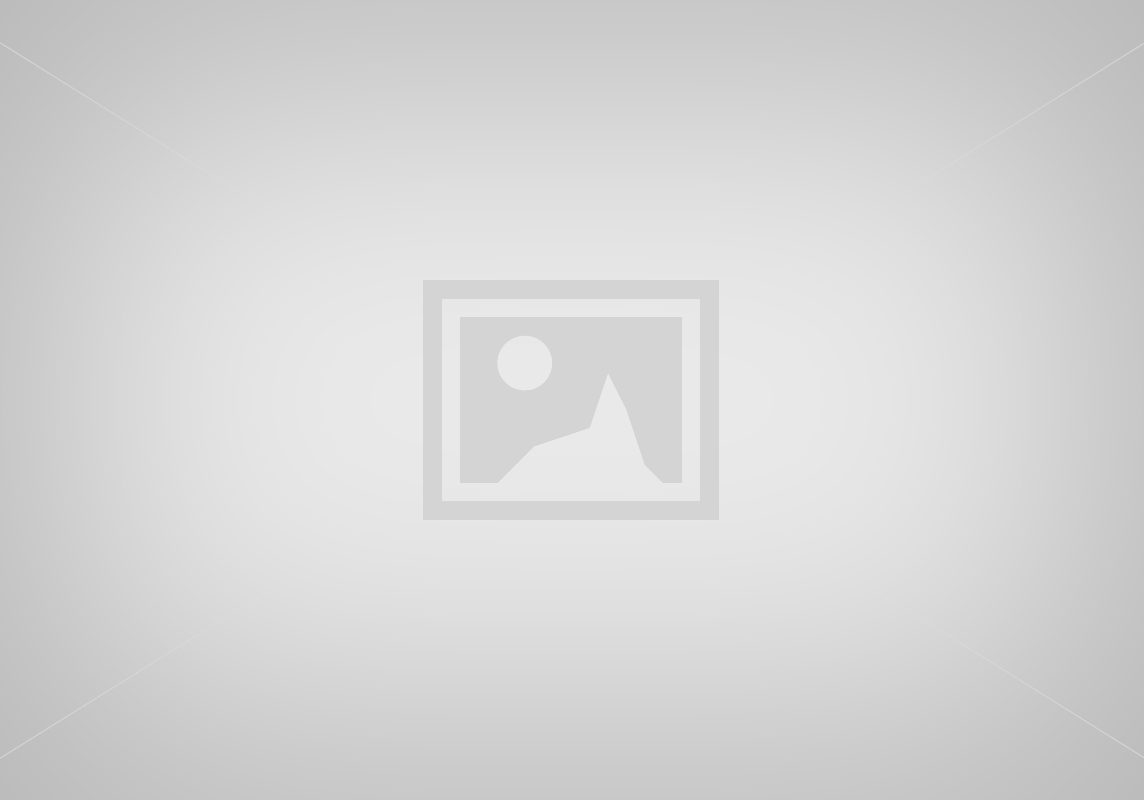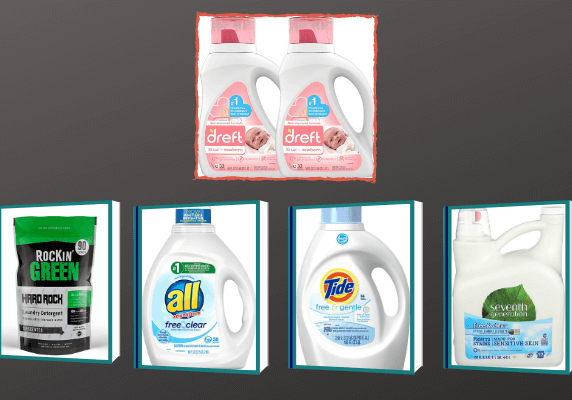Stepping into parenthood brings with it a new world of responsibilities, one of which is ensuring your little one’s cleanliness and health. In this guide, we will focus on ‘Baby Hygiene Essentials’, key products new parents should have at their disposal. These items not only ensure your baby’s well-being but also make your life easier amidst the hustle and bustle of childcare.
Key Hygiene Products Every New Parent Should Have
As new parents, ensuring your newborn’s health and comfort is of paramount importance. One of the primary aspects to focus on is your baby’s hygiene care, which encompasses bathing, skin care, and diaper changing.
Bathing is not just about cleanliness; it’s a chance to physically connect with your little one. Ensuring you have gentle, baby-safe bath products is essential.
Skin care is another vital component of baby hygiene. Babies have delicate skin that requires special attention and care. Choose products designed specifically for newborns to ensure they are gentle and non-irritating.
Lastly, changing diapers is a frequent task for any new parent. Having a reliable stock of quality diapers and a well-equipped changing station can make this unavoidable task more manageable. Remember, your newborn’s hygiene contributes significantly to their overall health and comfort. Hence, having these baby hygiene essentials on hand is crucial for every new parent.
Bathing and skin care
Bathing a small, wiggling bundle of joy can initially be a daunting task for new parents. However, with calmness, preparation, and practice, it can turn into a beautiful experience of bonding and care.
Newborns typically require bathing only once or twice a week. Any more than this can lead to dryness in their delicate skin. Importantly, full immersion baths should be avoided until the umbilical cord falls off. In the interim period, opt for gentle sponge baths with a soft washcloth and mild soap.
Never leave your baby unattended during bath time, even for a moment. Safety is paramount, and your undivided attention ensures that bath time is a safe and enjoyable experience for your baby.
Lastly, organization is key to a smooth bath time. Have all your bath items within easy reach before you start, such as a basin of warm water, a clean diaper and clothes, two bath towels, mild soap, a soft washcloth, and a hairbrush. This will make the process more efficient and less stressful, allowing you to focus on the special bonding experience.
Cleaning steps
- Start by washing the baby’s face with plain warm water.
- Clean the baby’s eyes by wiping from the corner near the nose outwards, using plain water.
- Use a clean part of the washcloth for each eye, or use two separate cotton balls (one for each eye).
- When cleaning the ears and nose, only clean the surface area. Avoid the insertion of cotton swabs into the ears or nose.
- Proceed to wash the rest of the baby’s body with mild, unscented soap, followed by a thorough rinse with warm water.
- Leave the diaper area for last, ensuring you clean all creases and folds thoroughly.
- Don’t hesitate in cleaning a baby girl’s genitals. Use a soft cloth and warm water, wiping gently between the folds.
- After rinsing, pat the baby dry with a clean towel.
- While holding the baby in the crook of your arm, shampoo the hair. Apply mild soap gently, scrubbing lightly before rinsing out all the soap.
- Don’t shy away from gently shampooing the soft spots on the baby’s head to prevent the buildup of yellow, oily, scaly flakes, otherwise known as cradle cap.
- Towel-dry the hair and then brush it with a soft baby brush.
- Avoid using any oils or lotions because they may cause a rash. Most oils and lotions are too harsh for a baby’s delicate skin.
Nail care
To maintain your baby’s nail hygiene and prevent inadvertent scratches, follow these steps:
- Regularly trim your baby’s fingernails to keep them short and clean.
- If the nail develops a rough edge before it’s long enough to trim, consider using a baby-specific nail file to smooth it down.
- When it’s time to cut the nails, make sure to hold the skin away from the nail and cut straight across using baby nail clippers.
- Opt to trim your baby’s nails after a bath, as the warm bathwater naturally softens the nails and makes the task easier.
- Lastly, consider trimming your baby’s nails while they are asleep. This can make the process smoother, especially if your baby tends to wiggle or is not comfortable with the procedure while awake.
Bulb syringe usage
A bulb syringe is an essential baby hygiene tool that aids in clearing your baby’s nose and mouth from spit-up or congestion. Follow these steps to use it effectively:
- Begin by squeezing the bulb of the syringe to expel all the air.
- Gently insert the tip of the syringe into the baby’s nostril.
- Gradually release the bulb to create suction and clear the nostril.
- Remove the syringe from the nostril and discharge its contents into a tissue, repeating this process a few times if necessary.
- To clean the bulb syringe, fill it with hot, soapy water by squeezing it several times.
- For the final rinse, repeat the squeezing process in clean, hot water to ensure it’s thoroughly cleaned.
Diaper Changing Process
Firstly, make sure you have a clean diaper and a designated changing area ready. It’s essential to have all your baby hygiene essentials at hand, such as a gentle baby wipe, a rash cream or ointment, and a clean towel.
The Diaper Changing Process
When changing your baby’s diaper, always ensure you are doing so on a flat, secured surface. Begin by removing the soiled diaper carefully and using a baby wipe or damp cloth to clean the baby’s bottom, always wiping from front to back to prevent infection.
Post-Diaper Change Care
After cleaning, allow the area to air dry before applying any rash cream or ointment. This step helps to keep your baby’s sensitive skin healthy and prevents diaper rash. Lastly, fasten the fresh diaper securely, but make sure it’s not too tight to prevent discomfort.
Final Steps
Dispose of the used diaper properly, and remember to wash your hands thoroughly afterward. Diaper changing is a perfect opportunity for bonding with your baby through gentle touch and communication, making this routine task a special moment.
Conclusion
In conclusion, maintaining your baby’s cleanliness and health requires patience, care, and the right baby hygiene essentials. From bathing and skin care, nail trimming, to diaper changing, each step holds its importance in ensuring your little one’s well-being. As new parents, equipping yourself with these essentials will make the journey smoother and more enjoyable. Remember, every effort you invest in your baby’s hygiene today paves the way for their healthy future.




